Team Players: 7 Things The Execs In Charge Of The Dell-EMC Integration Want Employees To Know
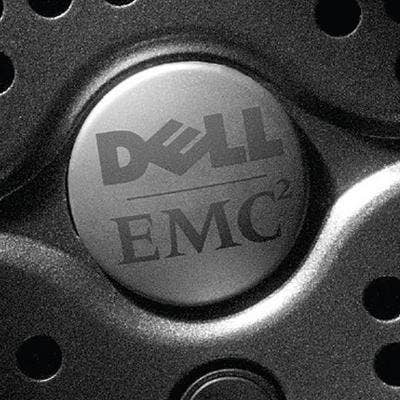
The Next Step
A merged Dell-EMC creates a huge portfolio with reach across several key market segments and allows for significantly boosted R&D spending, but it's not going to happen overnight, say the two executives in charge of integrating the two IT giants.
Howard Elias, EMC's president and COO, and Dell COO Rory Read were tapped to lead the integration of the two companies as soon as the blockbuster $67 billion merger was unveiled in mid-October.
They say the integration will be complete within nine months of the closing of the deal, which is expected between May and October. Read and Elias recently spoke with EMC employees, and a transcript of their remarks was filed with the U.S. Securities and Exchange Commission.
"Job one is to protect the revenue and profit pools we have today; that is the most critical thing coming out of the chute," Elias said. "Let’s just make sure we’re focused on our customers and our partners, and to do that we have to have excited and motivated employees -- so that employee experience, we’re going to make it as good as we can on day one."
Here are seven things Read and Elias shared with EMC employees about the merger and their integration efforts.
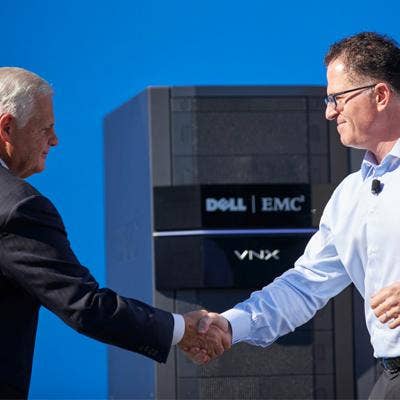
An 'Unbeatable Combination'
Elias trumpeted "the complementary technologies and products coming together; the great portfolio that we have here at EMC matched up by the great portfolio at Dell. We talked about the franchise pole positions that we have in storage and servers and virtualization and in client, augmented by great positions in security and digital transformation and cloud. This is an unbeatable combination and one of the best complementary combinations in the industry," he said.
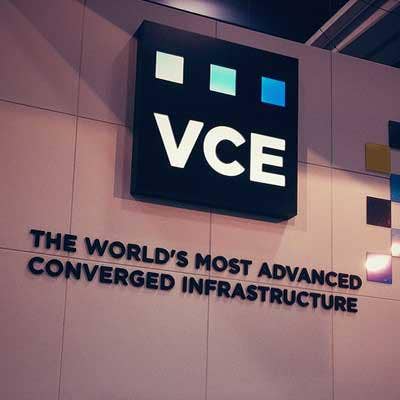
Dell Servers 'Fit Perfectly' With VCE
"Think about it in terms of go-to-market, what it means to the customers," Read said. "Listen to the customers that were just up here, they love you guys. And then you combine our capability, the ability to consolidate the PC industry, the server capability that fits so perfectly into the VCE model, and then to take that further, our ability to reach the midmarket and create direct relationships with more customers than anyone on the planet. This go-to-market fits perfectly together."

Driving More R&D
"The scale will drive more R&D dollars for innovation, better, more cost-effective and responsive supply chain, the broadest reach and go-to-market for customer segments of all shapes and sizes, commercial and consumer," Elias said. "Nobody on the planet in IT will have the breadth and the reach that we have with our complementary technologies. And then of course, as [Dell founder and CEO] Michael [Dell] said, the ability to do this in a private setting. To do this on our own terms, on our own pace with a long-term horizon in mind."
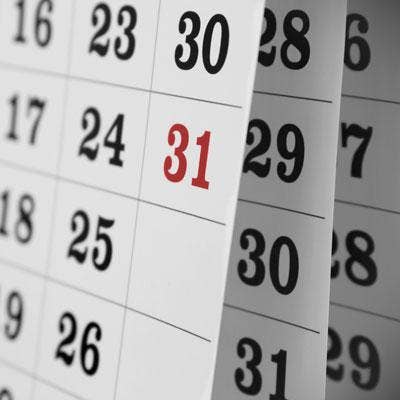
Clarity Will Come Over The Next Six Months
"We want to create clarity around what this next great company is going to be, and there’s been vision and strategy work that’s been going on and there will be a lot of interaction with you all over the next six months," Read said. "There’s work in terms of governance and what are the regulatory activities so day one we look and feel like one company. And we’ve also broken down not just the work streams but we’re looking at it in terms of the key stakeholders -- what it's like for employees, partners, customers, all across the board. And we’re making sure that all of the key focus is about creating a great experience for our employees and then a great experience for our customers so that they begin to see the promise of this."
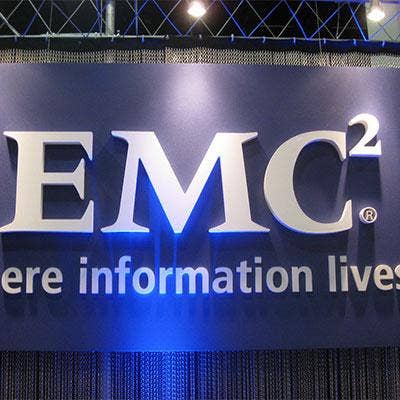
'We'll Still Operate Somewhat Separately'
"The other thing that we’re doing as a team in working with Michael [Dell] and the leadership team is actually defining that new company for a new era, that essential infrastructure company, the desired company we want to be which, by the way, is not going to happen on day one," Elias said. "You know, we’ll still operate somewhat separately in certain parts of the business just due to systems, due to customer relationships. We’re going to want to protect that revenue, protect those relationships. There are still things we can do to operate as one; have vision and strategy, make sure the governance is clear, more cooperation across the strategically aligned businesses. And then job one is to protect the revenue and profit pools we have today, that is the most critical thing coming out of the chute. Let’s just make sure we’re focused on our customers and our partners, and to do that we have to have excited and motivated employees; so that employee experience, we’re going to make it as good as we can on day one."
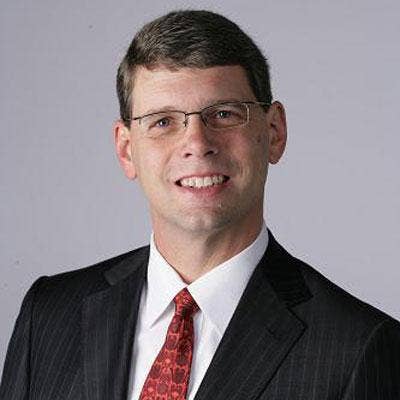
Look At The Alignment
"When we talk about this business and the culture and the organizations and how they come together, it was quite interesting," said Read (pictured). "We looked at the two teams, the integration teams, and we asked them each both from the Dell side and the EMC side, what do you think? What’s your perception about certain cultural attributes? Look at this alignment. The one line is EMC team, the one line is the Dell team. Everyone is looking for -- they’re all about unique and special, ambitious goals, clear accountability, collaboration. Look at this alignment."
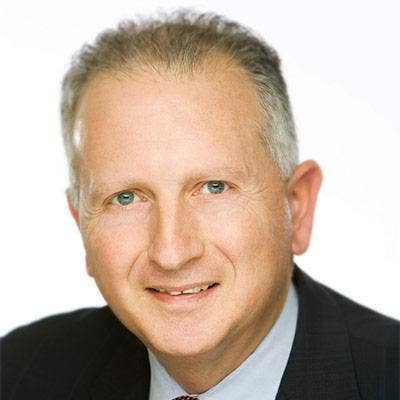
It Ain't Over 'Til It's Over
Elias (pictured) cautioned that the deal isn't done until it's done. "Until such time as the business combination is closed, we’ve got the regulatory approvals, the shareholder approval, and the deal closes, we are two separate companies," he said. "We actually have to operate as two separate companies. The single most important thing we can all do right now is focus on the business at hand today. The best thing we can do is deliver the best business to get ready to combine with Dell, and that’s what we need to focus on over the next couple of quarters."